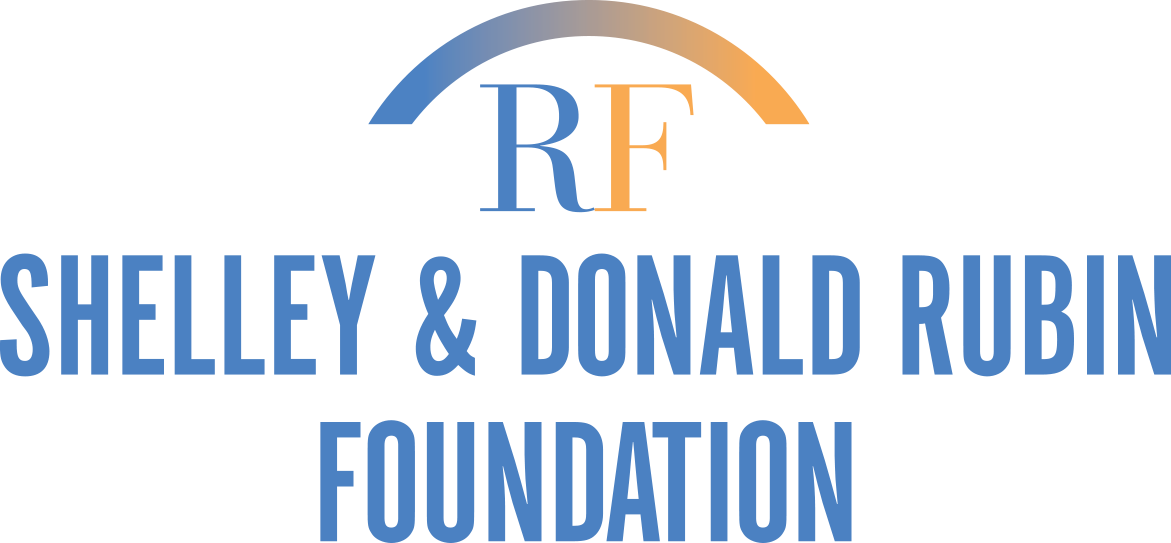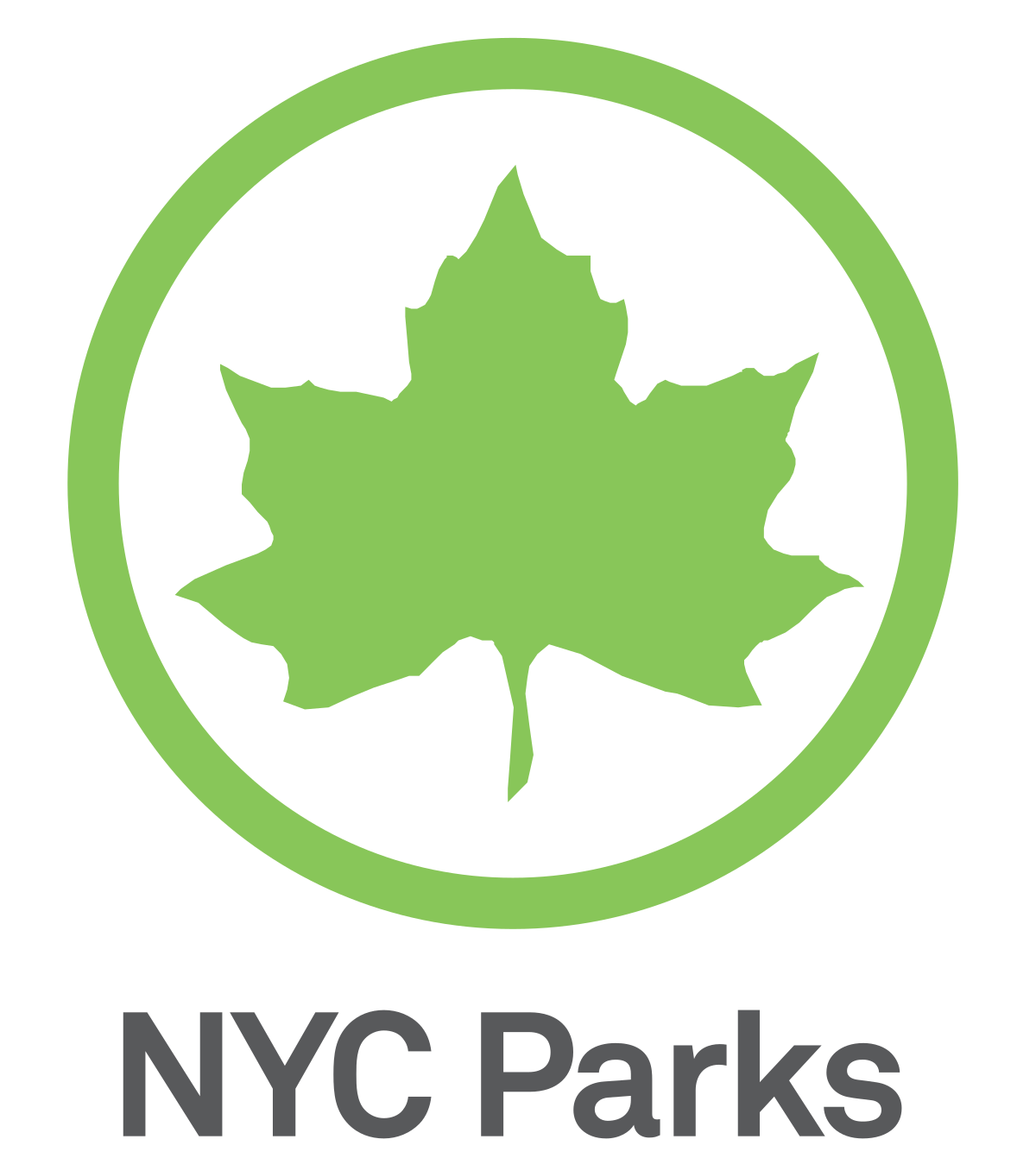Exhibitions - For ⟶ forever…
Mierle Laderman Ukeles
For ⟶ forever…
09.15.20 – 07.31.22
The Queens Museum, Times Square Arts, and MTA Arts & Design are pleased to announce their collaboration on a new public art initiative by artist Mierle Laderman Ukeles, on view on the facade of the Queens Museum facing Grand Central Parkway, on the large-scale digital billboard at 20 Times Square, and across digital displays throughout the MTA subway and rail system.
For ⟶ forever… is both a response to the pandemic and a continuation of Ukeles’ long-standing dedication to honoring the unending labor of New York City’s public service workers through her artistic practice.
The artist’s public message reads:
Dear Service Worker,
“Thank you for keeping NYC alive!”
For ⟶ forever…
This gesture of gratitude via a direct address to New York City’s public service employees, in particular infrastructure workers – including sanitation and transit workers – who are sustaining the city through the COVID-19 pandemic. The message, written in the artist’s hand, is framed by the vibrant colors of safety green and emergency red/orange. The resounding message is viewable throughout a network of locations designed to reach our city’s public service workers – from transit and sanitation workers in Times Square to essential workers continuing their daily commute. Many of these workers travel to and from Queens, one of the boroughs hardest hit by the pandemic. For ⟶ forever… aims to commemorate the efforts and undertakings of public service workers, specifically during the last few months.
In partnership with OUTFRONT Media, Ukeles’ artwork appears on over 2,000 digital displays throughout the subway and rail digital network; the very locations where service workers pass through each day. At the same time, For ⟶ forever… appears every 15 minutes on the large scale digital billboard of 20 Times Square, rising 120 feet over the plazas of Times Square, which is now seeing an average of nearly 90,000 visitors each day. The Queens Museum is proud to share that Ukeles’ work will fully occupy the museum’s 200-foot-long glass façade for a year, where it can be seen by many thousands of drivers on Grand Central Parkway each day.
Ukeles, a pioneer in the field of socially engaged art, is most known for her practice focusing on maintenance and sanitation workers. One of her most notable projects is Touch Sanitation (1979-1980), in which she shook hands with all 8,500 employees of the New York Sanitation Department along their routes and places of work, saying to each worker, face to face: “Thank you for keeping NYC alive!” During this year-long project, Ukeles traveled to all of the city’s 59 DSNY districts in a spiraling itinerary she called “Ten Sweeps,” repeating the ritual of shaking hands and saying “thank you” thousands of times throughout an 11-month period. “Now,” says Ukeles, “four decades later, in the midst of this horrific pandemic, my statement becomes newly relevant to the city’s infrastructure service workers, who are physically out there working every day to make sure our city remains a living entity.”
Since 1977, Ukeles has been the official, unsalaried artist-in-residence at the New York City Department of Sanitation and has created pieces that encompass the infinite maintenance work that keeps New York City functioning, such as urban waste flows, recycling, ecology, urban sustainability and our power to transform degraded land and water into healthy inhabitable public places. Mierle Laderman Ukeles is represented by Ronald Feldman Gallery, NYC.
September 6-7, 2020
AN INVITATION
When this new virus turned into a full pandemic by the end of March I was mostly numb. Stunned. My main words were it’s freaky and crazy. And Very Very Very. That’s about all I could say.
It’s April. I’m invited by three culture makers: the Queens Museum, Times Square Arts, MTA Arts & Design — three bureaucracies with their unique sensitivities, three cultures to step out of my stupefying isolation and do something. Together.
I have to do something. Simple. To become not so numb. I really have very little to say. But there is this:
I have to speak directly to people, as I have done in my artworks for decades.
“Dear Service Worker”: the City flows through your hands, your eyes, your judgment. Everyday you nurture the present, so it can flow, so we don’t drown in yesterday. Everyday, as your body is out there. That’s how we can stay here together.
So I want to say:
“Thank you for keeping NYC alive!” That’s really all I have to say. I’m actually focusing on the city, cities. The city is our common home. Like us humans, the city is a living entity. It needs care, maintenance work, work work work all the time. Or it can die.
The city is ongoing because its infrastructure works: the systems that must work, keep working no matter what, or we cannot stay here. The systems are its people. This is what we are asking these people to do. To keep coming back, no matter if it is dangerous. Now the work itself has always been dangerous. Sanitation, transportation, big amounts, tonnages, big equipment, speed, accidents. Now in the pandemic, we’re asking the workers to keep coming back into this new kind of danger. To me, all there is to say right now is Thank you. Thank you that you keep coming back and for putting your life out there for others, for all of us, to keep this city going.
THE ROOTS OF THE ARTWORK
This is an artwork with a direct message. Its central part is a sentence: “Thank you for keeping NYC alive!” that comes out of two city crises 41 years apart.
The first was TOUCH SANITATION. NYC had a terrible fiscal crisis in the 1970’s. Many urged the city to declare bankruptcy. Many urged the city to privatize the Department of Sanitation.
I became the Artist in Residence, official and unsalaried, of the NYC Department of Sanitation in 1977. I spent 1.5 years doing research about the system, the workers, its mission. What I heard was mind-bending. Awful. Depressing. “People think of us as part of the garbage — even though it’s their garbage not mine.” “I’m invisible. People don’t see me in spite of the work I am doing right in front of them.” Now, as a feminist artist, I had been dealing with this invisibility of workers and lack of honor for years, hearing from women in the home, from maintenance workers in many institutions. I was so pissed off. But nothing on this scale. They were so pissed off. I proposed TOUCH SANITATION.
How do I find 8,500 sanitation workers at work on the job? I wanted to make a human mapping of the entire maintenance underbelly of NYC — that is what DSNY is. I proposed that I would travel to all 59 Sanitation districts all over NYC in what I came to call 10 Sweeps.
I would face each worker at work, offer to shake hands, and to say to each person: “Thank you for keeping NYC alive!” I didn’t say “Thank you for keeping NYC clean.” It was bigger than just the task. It was about the whole person’s capability and the meaningfulness of what they were doing. It was more spiritual. I thought it would take 3 to 4 months. It took almost a year from July 1979 to June 1980.
The word spread about me in the Department. Sanitation workers told me they never expected anything like this in their lives. They got it. The artwork TOUCH SANITATION took off. People wrote stories about this, TV, radio talked about this, mostly they saw these people and listened to them. And as art can do, it spread all over this city, this country and internationally still to this day.
THIS ARTWORK
In March 2020, the sentence “Thank you for keeping NYC alive!” came back into my mind right after we came to understand that we were deep, deepest in something lethal. I saw others trying to thank essential workers, especially health workers. But I wanted to thank those who keep the systems of the city going: sanitation workers, subway workers, train workers, bus workers — so others could move, keep moving, put food on the table, be alive yes in the city. They are attending to the needs of the city itself. Keeping the City alive!
DIRECT ADDRESS
I needed to address these people directly as if I am sending them an urgent message: “Dear Service Worker.” It has to be direct. It isn’t everyone; it is Dear Service Worker. I’m trying to talk to you. It’s urgent.
THE TOUCH: HANDWRITTEN
It has to be handwritten — as if I’m talking to you face to face, as if I’m offering my hand in gratitude. Handwritten is the closest I could come up with. Personal. The feel of the hand reaching out, shaping each word. It must be by hand, since touch between hand to hand itself had become banished, dangerous.
The handwriting on this artwork seems so primitive, urgent. But it sure looks like my handwriting. I recognize it. On digital screens it can unfold over 15 seconds of time, as if you can sense the person behind writing it out letter by letter on the screens. And splashed all across the long very long façade of the Queens Museum, almost 200 feet long, the handwriting looks like it burst out through the glass wall.
THE COLORS
The handwriting on the digital screens of Times Square and the MTA is white appearing letter by letter on black. But there is something else: the handwriting is framed by two swellings of color; beginning with Emergency Red/Orange and ending with Fluorescent Safety Green. They come out of a cultural color language. These cultural colors speak: Danger! Beware! And at the same time, they have become the colors of Protection. They now form the protective vests and gear and gloves and markings of service workers. They also say Safety is here. And they say something else: the person wearing this vest, this hat, these gloves that you see from far away, this person is precious. Careful! Take Care!
On the Queens Museum’s façade, facing the Grand Central Parkway, a sequence of three separate diagonal Safety Fluorescent Green banners bear the three sentences of my handwritten message in black splashed across its 200 + foot length. Two columns of pure Emergency Red/Orange are sentinels marking the beginning and end of the work. The message looks as if it has nervously pushed its way outward from the inside of the museum insisting on being in communication with the public again.
THE LAST SENTENCE: “For ⟶ forever…”
The first two sentences of my message are very straightforward and simple.
The third is more….
“For ⟶ forever…” heads off in an upward trajectory. It sings out that this service work will never go away. The pandemic — please Heaven — will go away or be severely contained. But this work, if we want to be here living in a city, will be here forever.
It’s hard to think of forever right now. But I know this. People ask me why did you bring this sentence all the way back, from 1979. I didn’t bring it back. It has never left me. Its presence is here, with me, like breathing. I want the City to live.
Discover Images of the Exhibition
Additional Links
Supporters
For ⟶ forever…’s presentation at the Queens Museum is made possible with the support of the Shelley & Donald Rubin Foundation.
Special thanks to the New York City Department of Parks and Recreation and Panny Chayapumh for her design work across the three sites.


